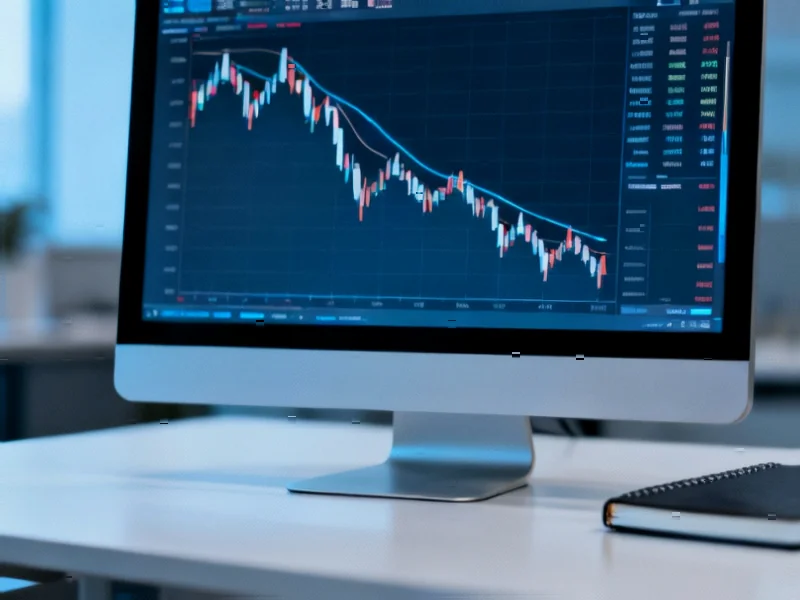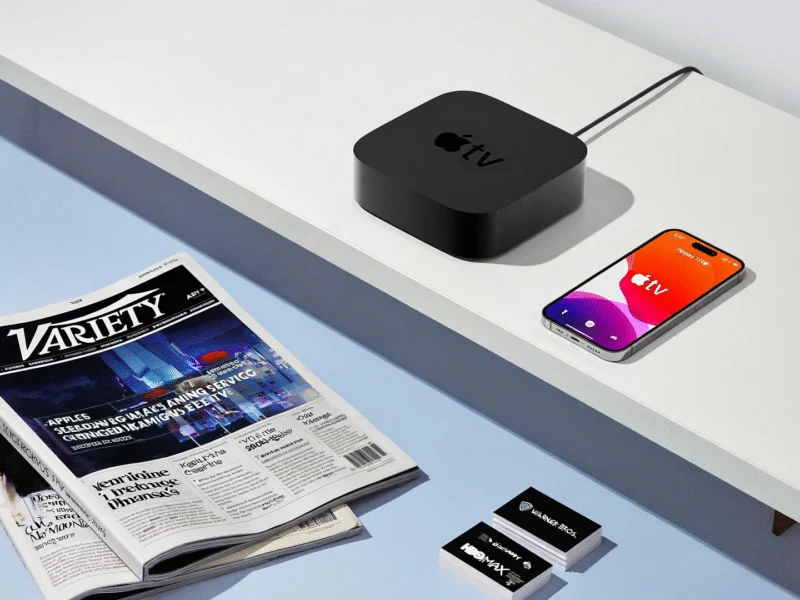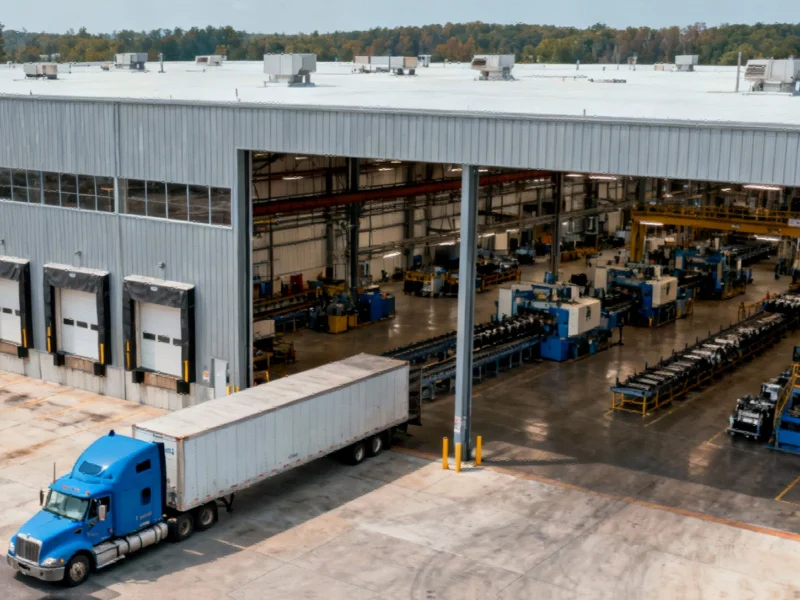According to CNBC, Chipotle’s stock has fallen 45% this year, dragging its market value down to roughly $43 billion after the company cut its forecast. At least five Wall Street analysts have reduced their price targets following the report, with Citi analyst Jon Tower revising his target from $54 to $44 per share while noting difficulty in “calling a bottom for sales.” The company reported third-quarter same-store sales growth of just 0.3% despite declining traffic, with executives revealing that consumers mistakenly believe Chipotle’s average prices are closer to $15 when burritos and bowls actually average about $10. BTIG analyst Pete Saleh expressed surprise at the sudden traffic weakness, stating he’s “not convinced affordability concerns are the main driver here.” This dramatic downturn raises fundamental questions about Chipotle’s market positioning.
Table of Contents
The Dangerous Perception Gap
Chipotle’s core challenge isn’t just inflation or consumer spending cuts—it’s a fundamental disconnect between pricing reality and customer perception. While the company’s average burrito price sits around $10, the consumer assumption of $15 pricing places Chipotle in direct competition with full-service restaurants rather than fast-casual peers. This perception gap creates a psychological barrier that’s potentially more damaging than actual price increases. When customers mentally categorize Chipotle as a $15 meal destination, they apply different value calculations and comparison standards that the company’s current offerings may not meet. The fact that this perception exists despite actual pricing suggests Chipotle has lost control of its brand narrative in the marketplace.
Wall Street’s Reality Check
The dramatic response from Wall Street analysts reflects deeper concerns about Chipotle’s growth narrative. When multiple analysts simultaneously cut price targets and express confusion about the sudden traffic decline, it signals that the investment community is questioning Chipotle’s fundamental business model resilience. The 45% stock plunge this year represents more than typical market volatility—it’s a wholesale reassessment of Chipotle’s ability to maintain premium positioning in an increasingly value-conscious restaurant landscape. Analysts from firms like Citigroup are essentially acknowledging that their previous growth assumptions no longer hold, creating uncertainty about when—or if—the company can regain its momentum.
Beyond Simple Inflation Explanations
While many restaurant chains have suffered from inflation pressures, Chipotle’s situation appears more complex. The company’s problem isn’t just that diner spending has decreased—it’s that Chipotle may have reached a pricing threshold where even loyal customers are reconsidering their frequency of visits. The abrupt nature of the traffic decline suggests this isn’t a gradual trend but rather a tipping point where accumulated small price increases have collectively changed consumer behavior. What makes this particularly challenging for management is that traditional solutions like menu innovation or limited-time offers may not address the fundamental perception issues driving the traffic decline.
Broader Industry Implications
Chipotle’s struggles signal potential trouble for the entire fast-casual segment that has relied on premium pricing relative to traditional fast food. If consumers are pushing back against $10-15 meal occasions, the entire pricing architecture that supported fast-casual expansion over the past decade could be at risk. Competitors from Sweetgreen to Shake Shack will be watching closely to see if this represents a sector-wide recalibration or Chipotle-specific issues. The company’s challenge now is to either convince customers of its $10 value proposition or fundamentally rethink its menu and pricing strategy—both difficult propositions in an environment where consumer spending patterns appear to be permanently shifting.
The Path Forward
Chipotle’s recovery will require more than operational improvements or marketing campaigns. The company needs to address the psychological barrier that has formed around its pricing perception, potentially through more transparent menu engineering or value messaging that clearly distinguishes it from higher-priced competitors. The danger is that once pricing perceptions become entrenched in consumer minds, they’re exceptionally difficult to change without dramatic action that could further pressure margins. With Wall Street already skeptical and traffic trends worsening, Chipotle faces one of its most significant challenges since the food safety issues of several years ago.



